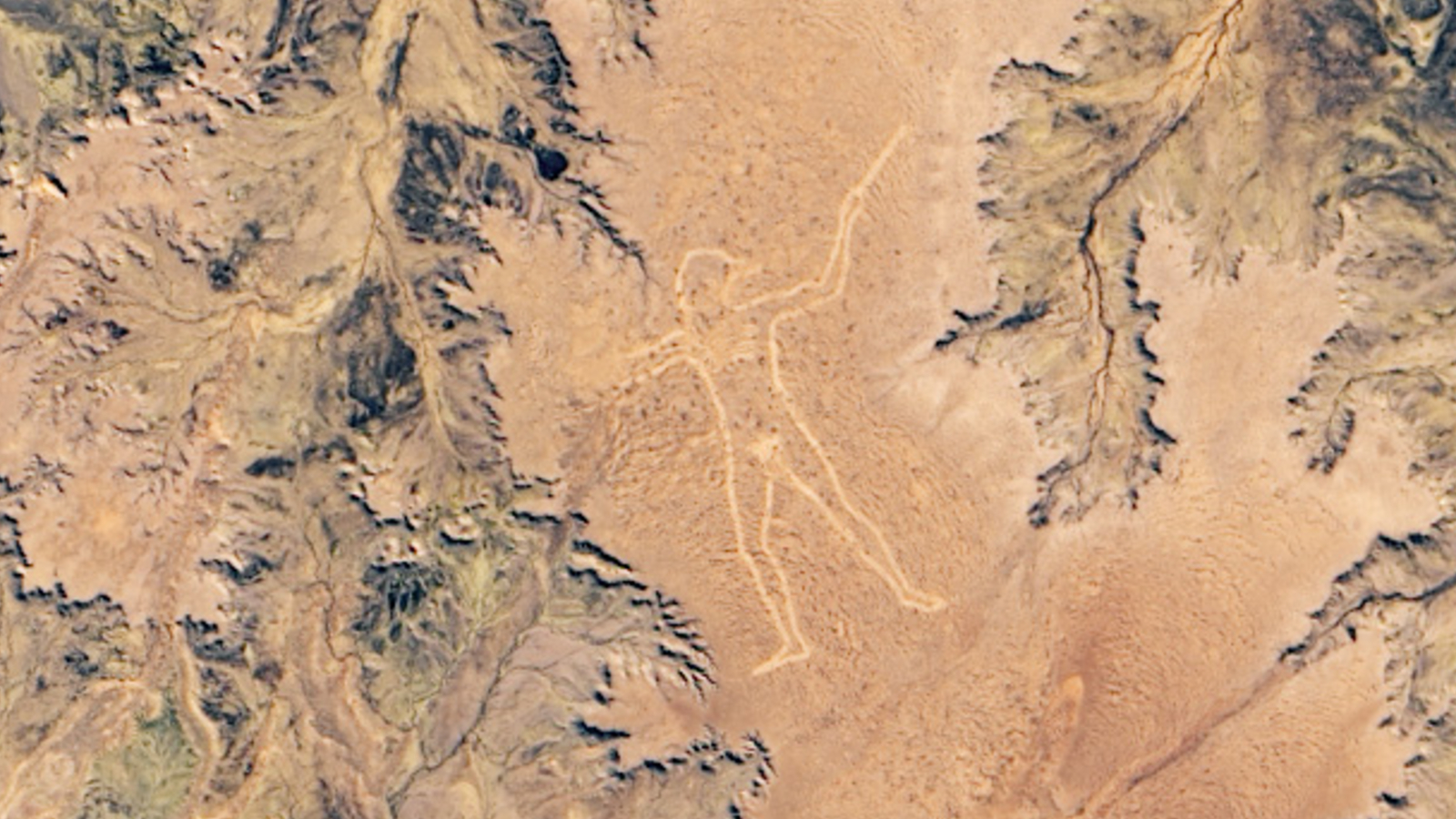stars
Latest about stars
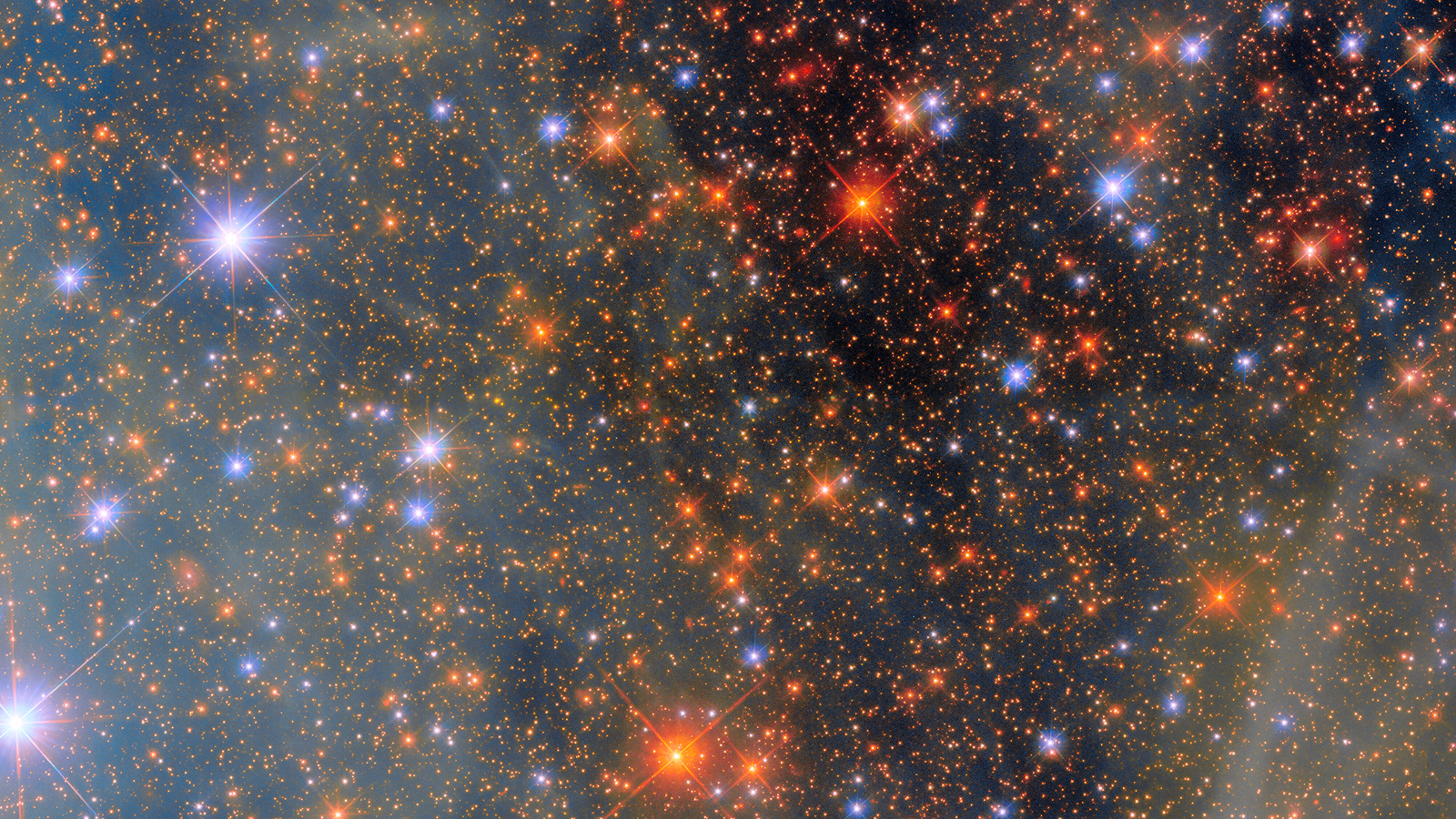
Space photo of the week: Hubble zooms in on the glittering galaxy next door
By Jamie Carter published
The Small Magellanic Cloud, a dwarf galaxy about 200,000 light-years from the solar system, can be seen with the naked eye from the Southern Hemisphere.
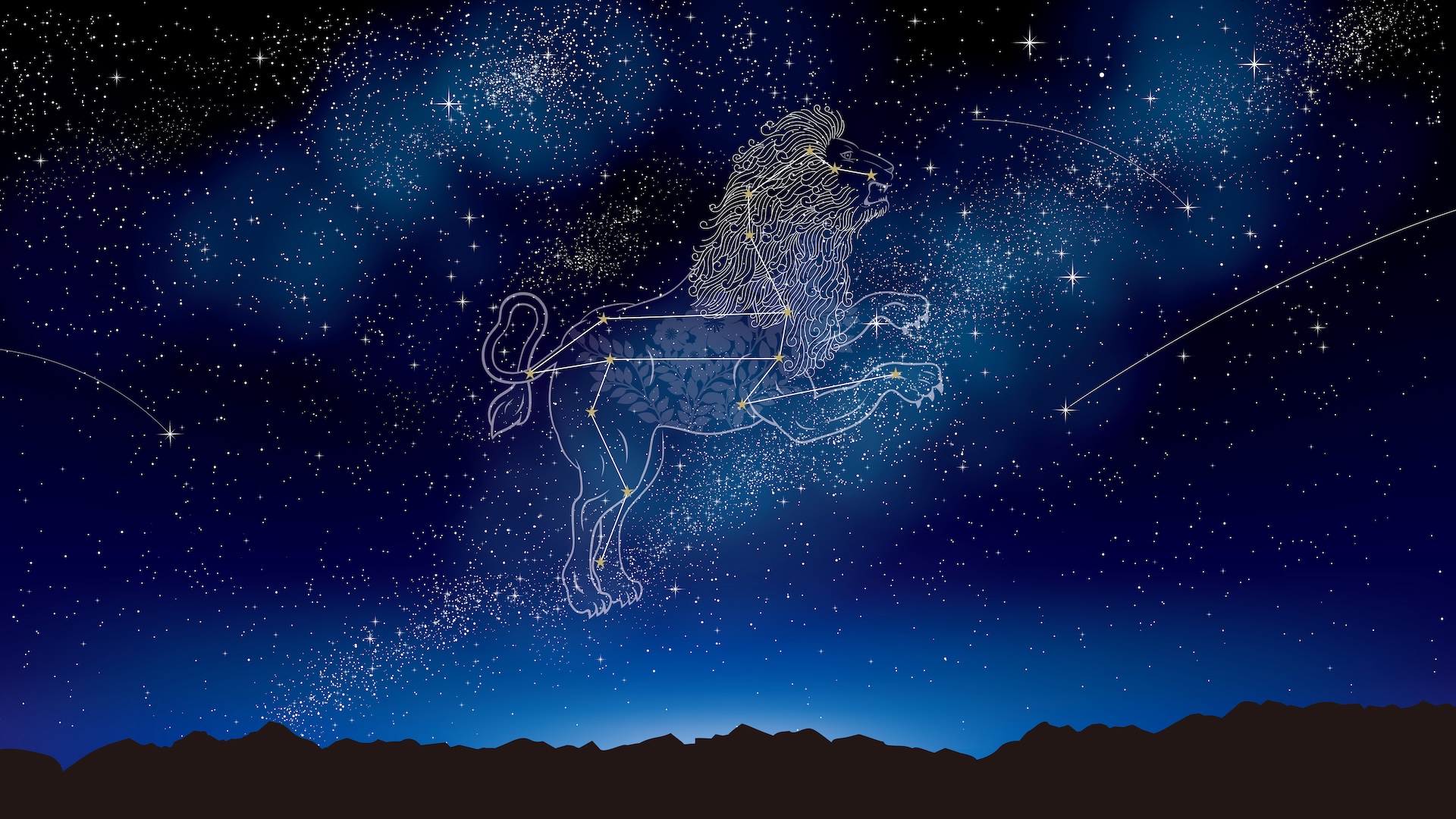
Vernal equinox: How to see spring begin, just by looking at the stars
By Jamie Carter published
You can tell spring has officially begun in the Northern Hemisphere just by looking at the stars. Here's how to easily spot the Spring Triangle without a telescope.
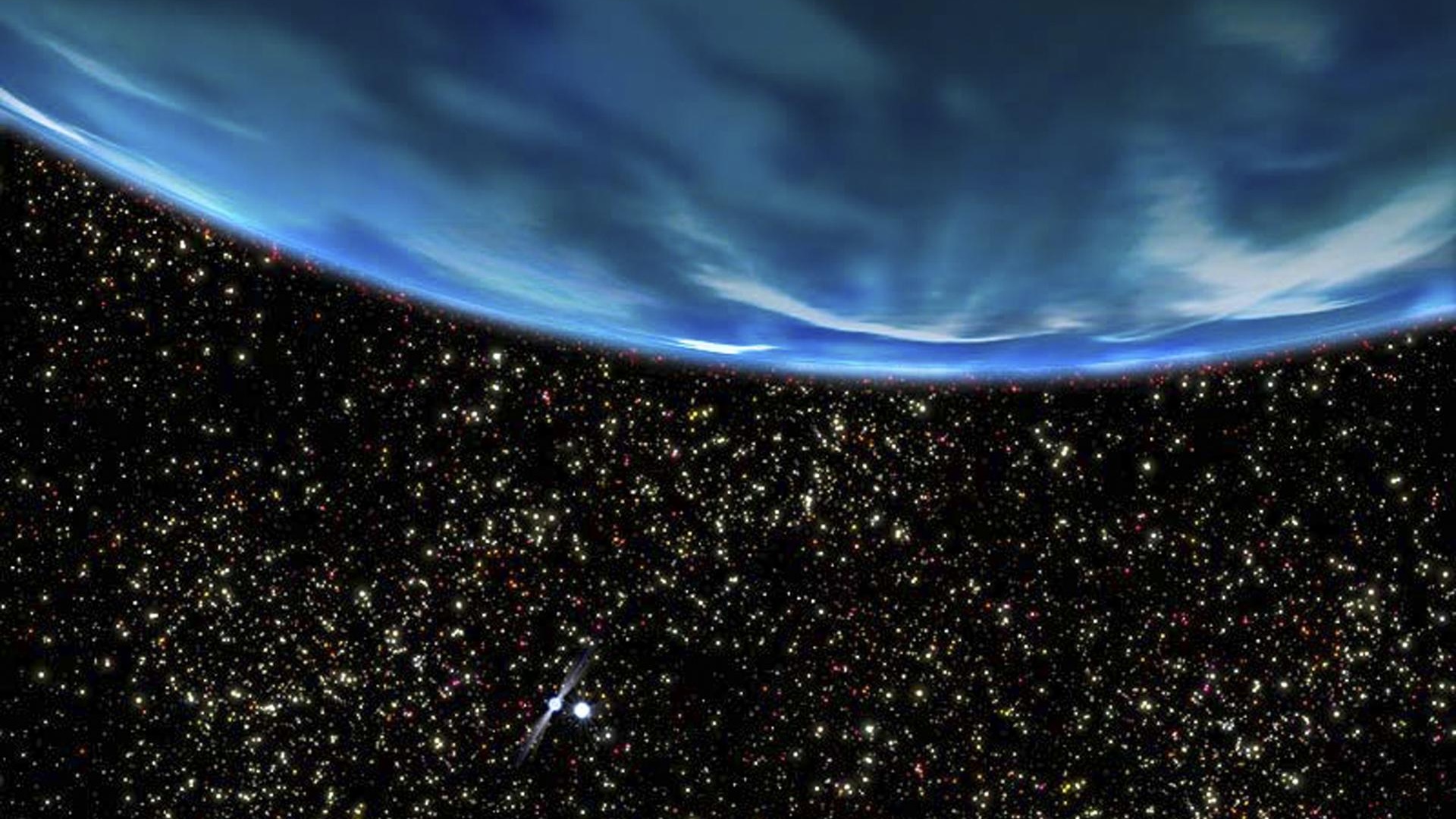
The universe's water is billions of years older than scientists thought — and may be nearly as old as the Big Bang itself
By Joanna Thompson published
A new study suggests that water first appeared in the universe just a couple hundred million years after the Big Bang — meaning life could have evolved billions of years earlier than previously thought.
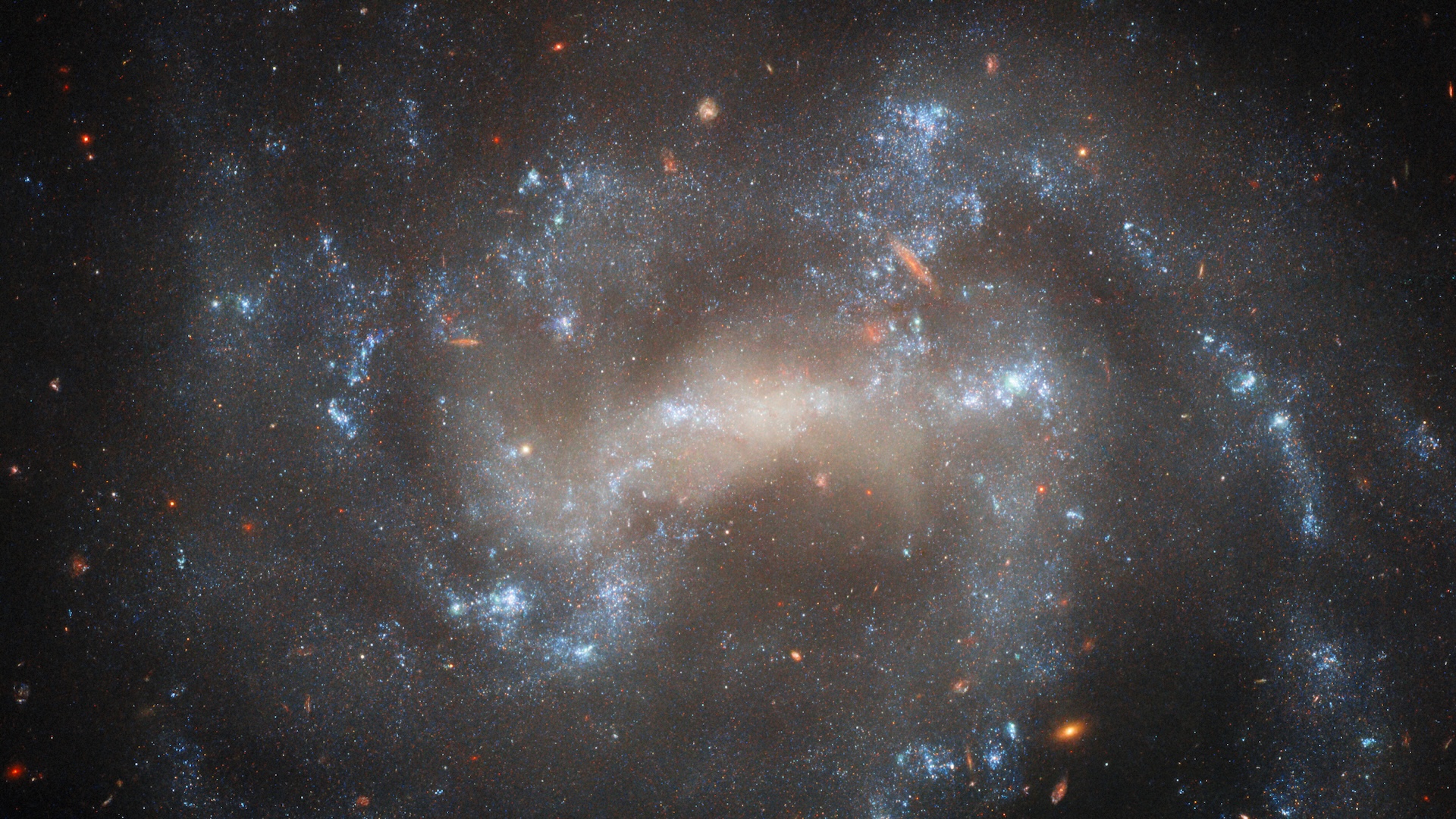
Space photo of the week: Hubble hunts a stellar 'imposter' hiding in the Great Bear
By Jamie Carter published
The legendary Hubble Space Telescope has turned its gaze to the Ursa Major-adjacent galaxy UGC 5460, revealing spiral arms, star clusters and a possible supernova "imposter".
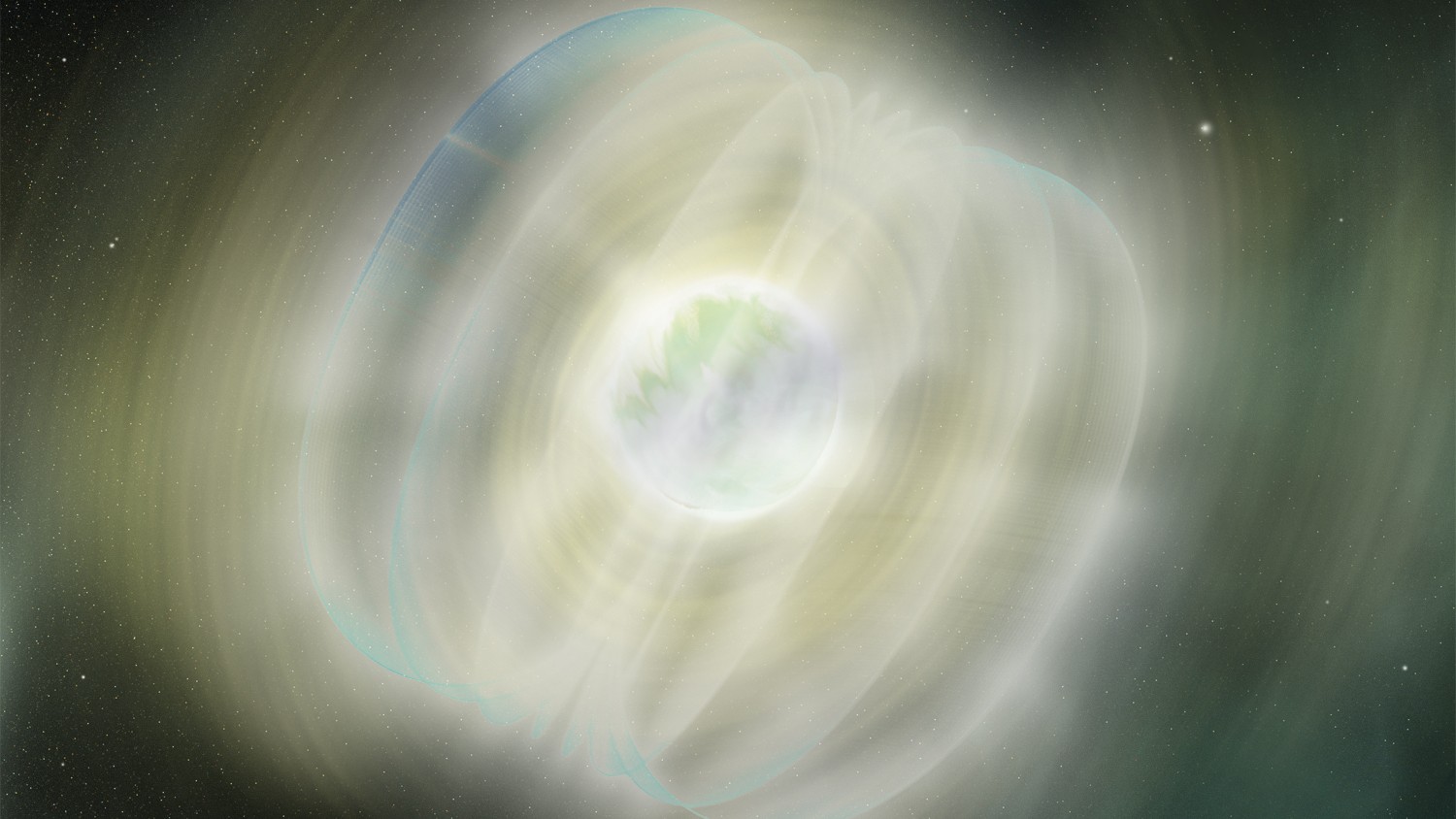
Fast radio burst traced to the outskirts of an ancient 'graveyard' galaxy — and the cause remains a mystery
By Jenna Ahart last updated
Scientists have traced a repeating fast radio burst (FRB) to the edge of an ancient galaxy where star formation has drastically dropped. Researchers are struggling to explain what caused it.
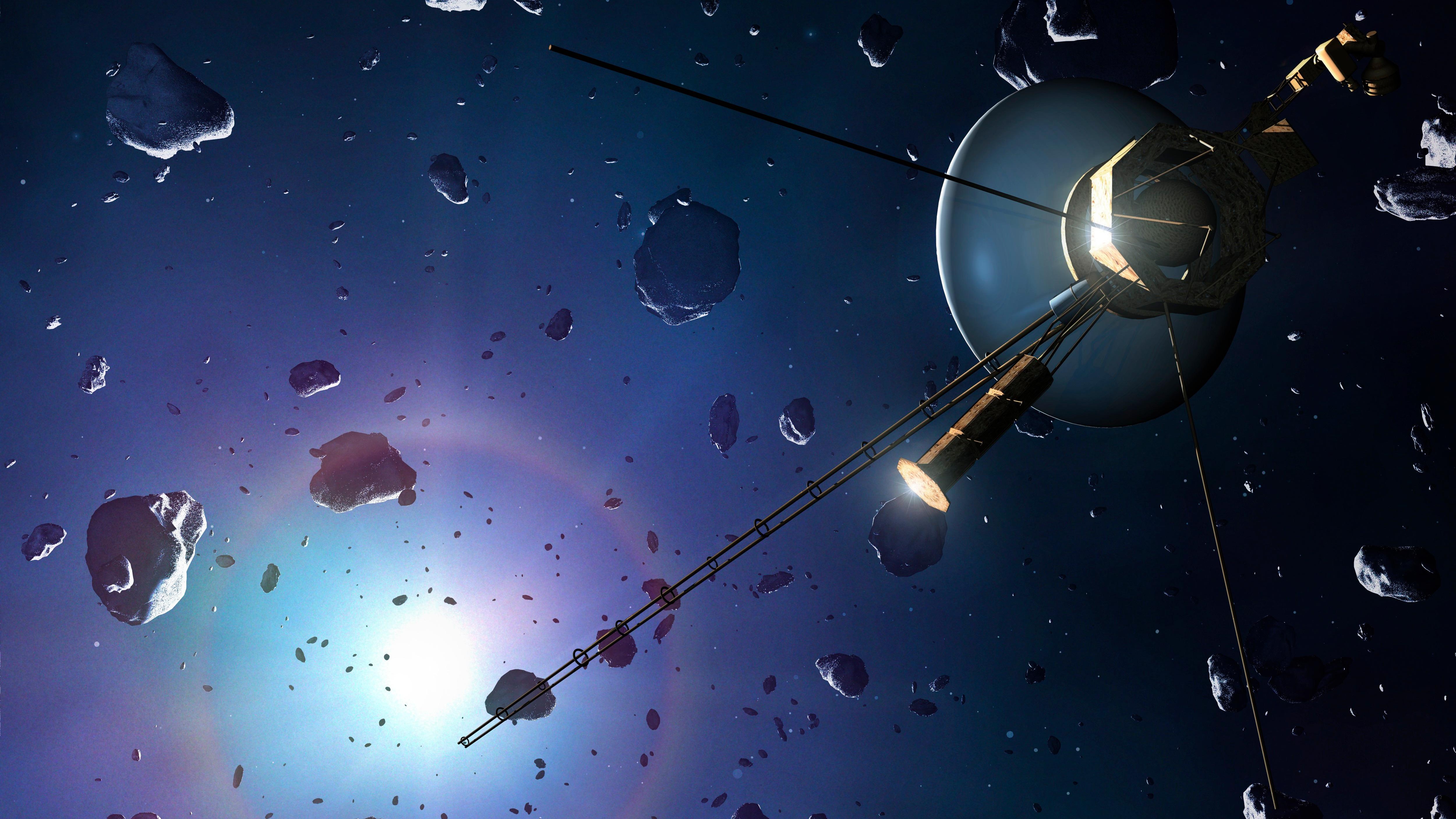
NASA supercomputer reveals strange spiral structure at the edge of our solar system
By Ben Turner published
The mysterious Oort cloud is the source of many of our solar system's comets, but astronomers still have no idea what it looks like. Now, new simulations may have given them a first glimpse.
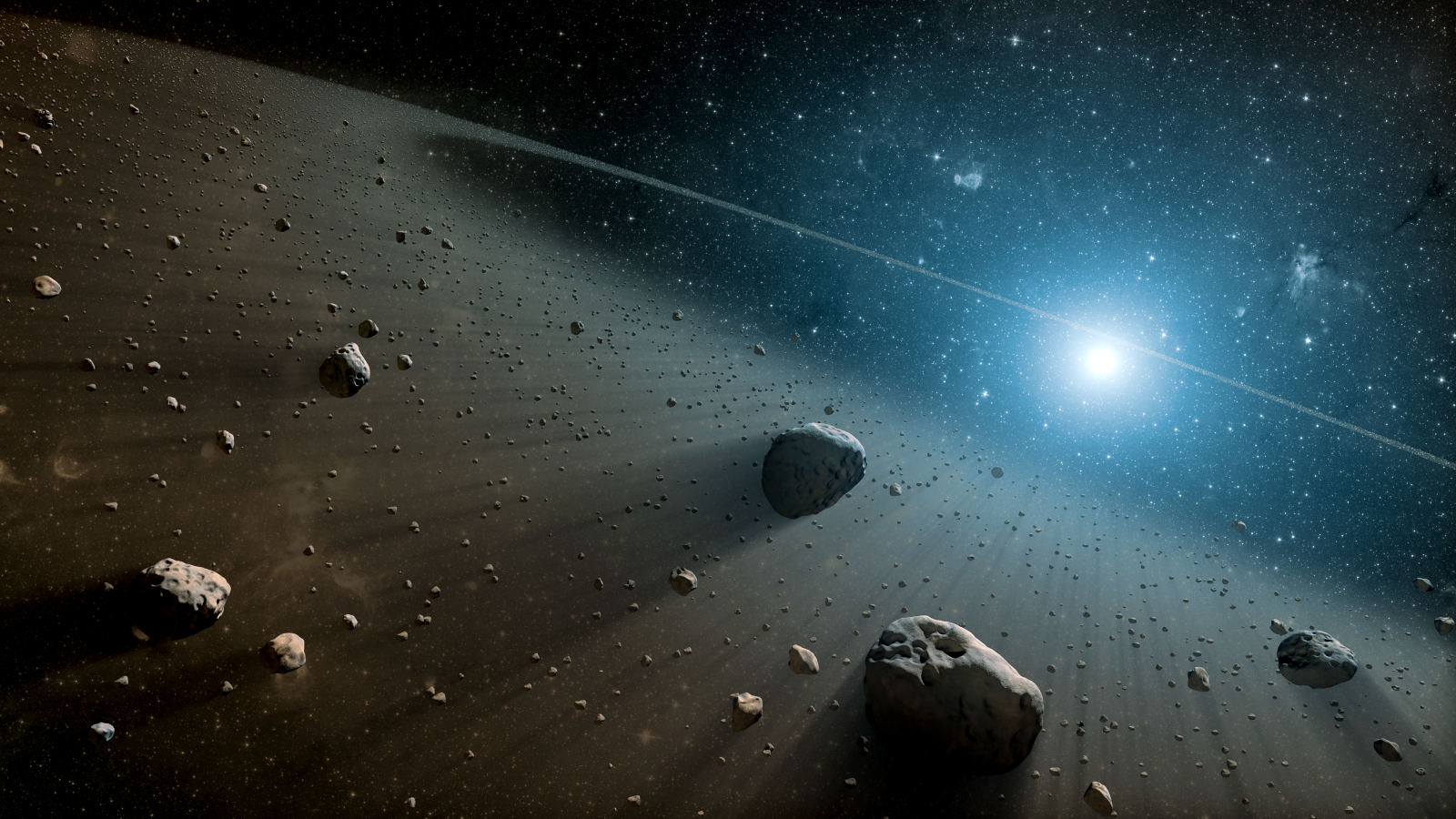
1 million 'interstellar objects' — each larger than the Statue of Liberty — may lurk in the outer solar system
By Harry Baker published
New simulations reveal that around 1 million "macroscopic" objects from our closest stellar neighbors, the Alpha Centauri system, may already reside in the Oort Cloud, far from sight.
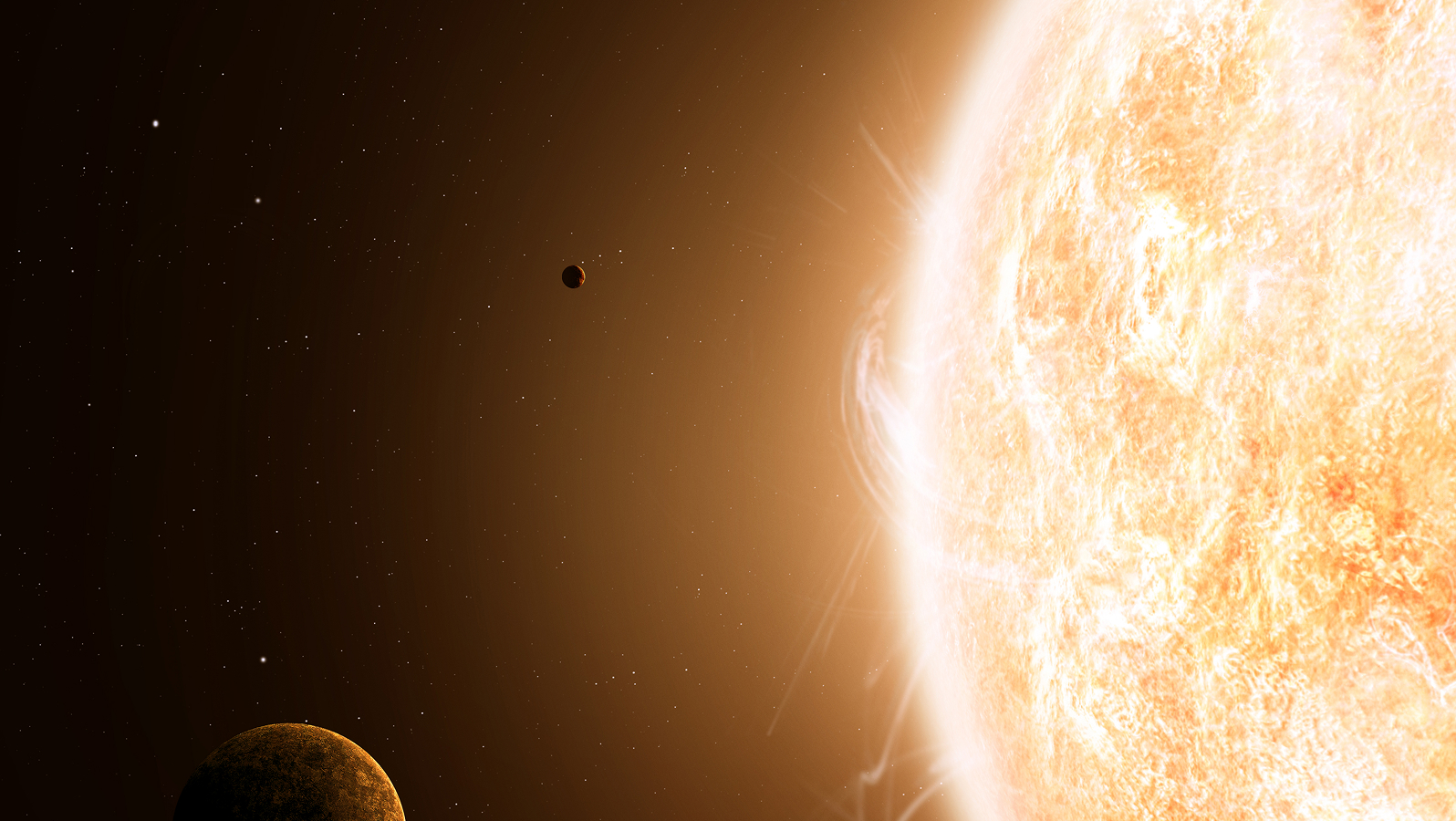
Sun quiz: How well do you know our home star?
By Harry Baker published
Quiz Test your knowledge on the giant ball of burning gas at the heart of the solar system.
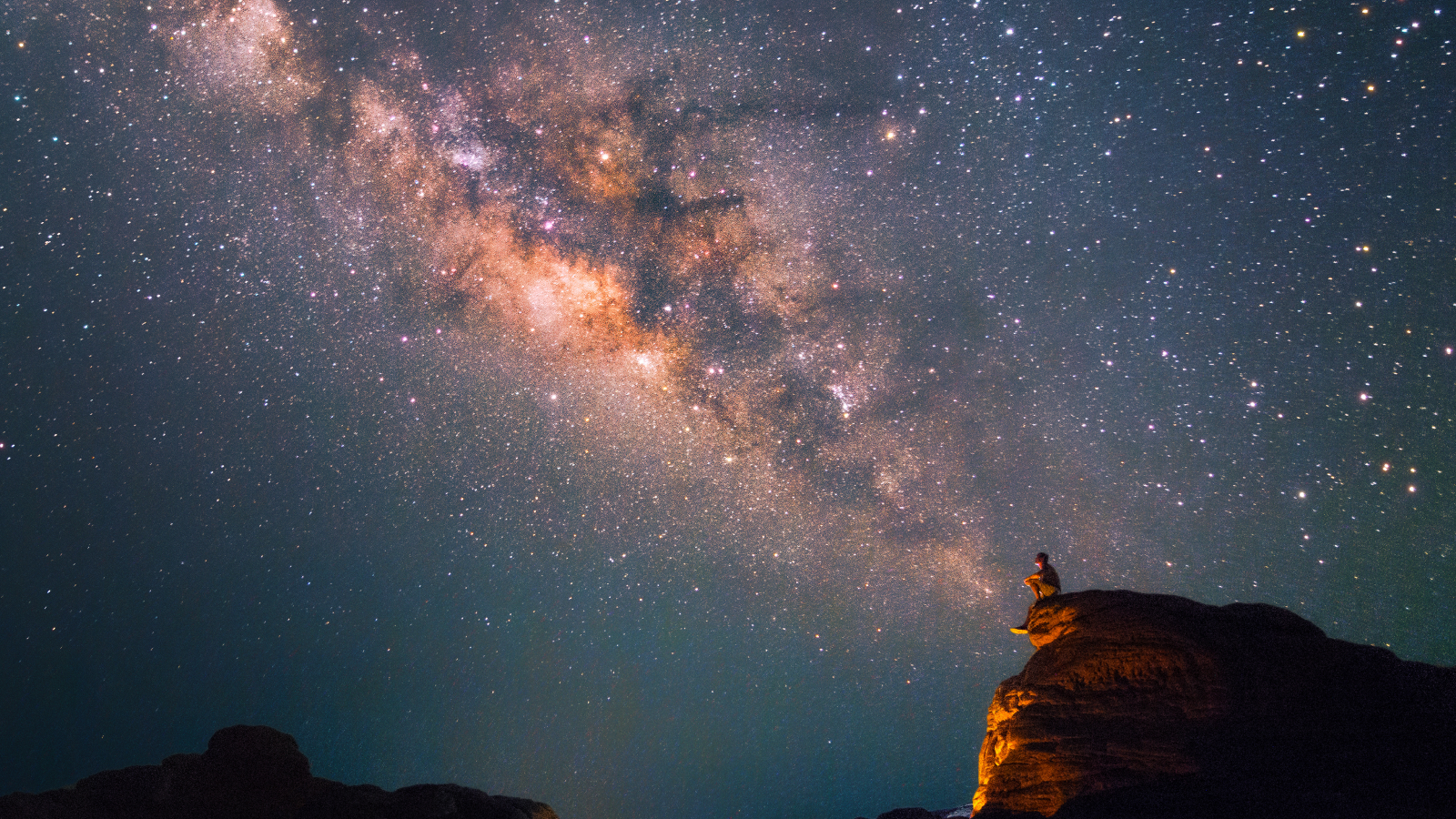
Milky Way quiz: How well do you know our home galaxy?
By Harry Baker published
Quiz Test your knowledge of the Milky Way's size, speed, age, galactic neighbors and more.
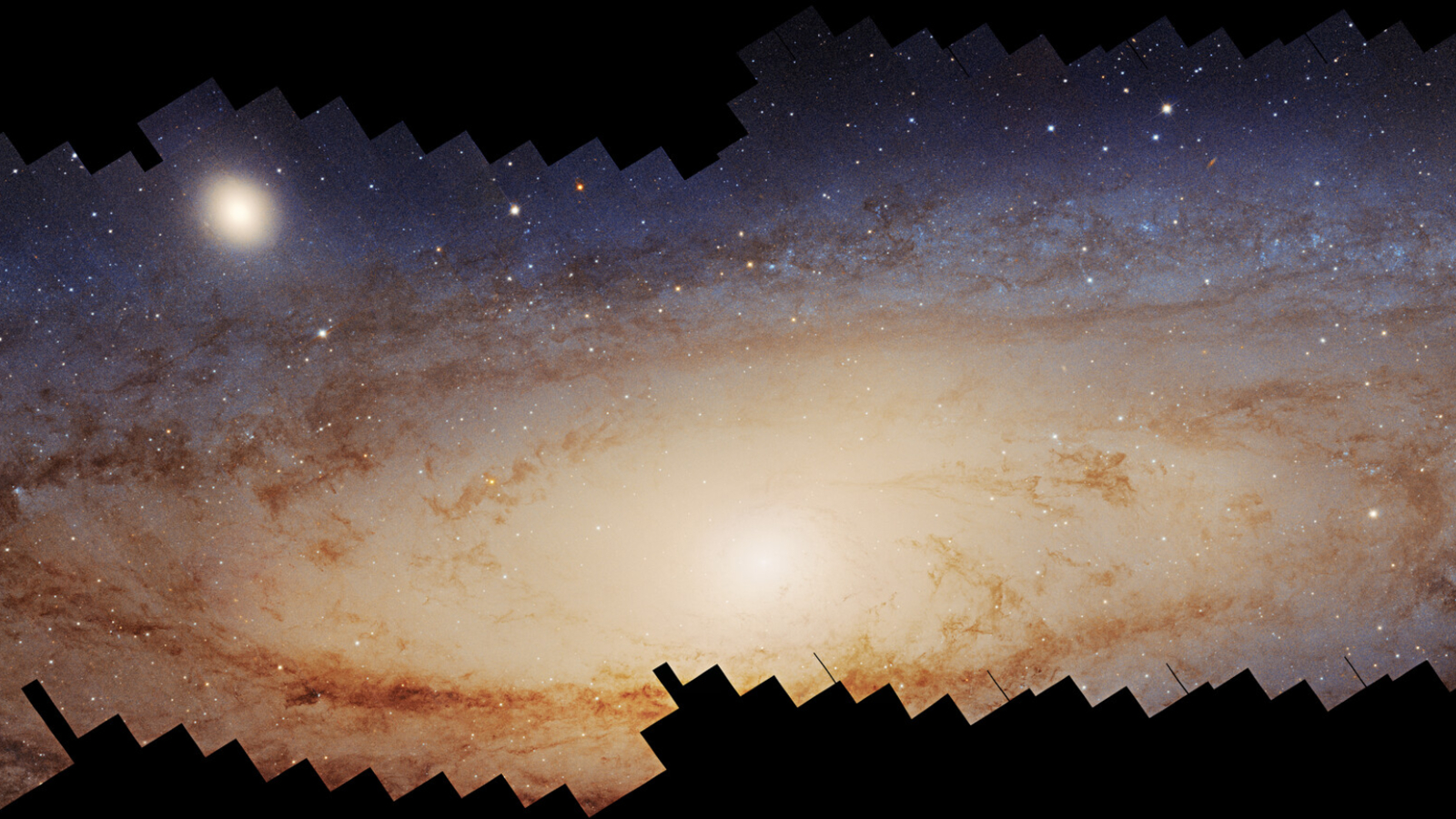
'Herculean' 2.5-billion-pixel mosaic shows our closest galactic neighbor like never before — and took more than a decade to create
By Harry Baker published
The new composite image, which combines hundreds of photos from the Hubble Space Telescope, shows the Andromeda Galaxy with more than 200 million individually resolved stars.
Get the world’s most fascinating discoveries delivered straight to your inbox.
